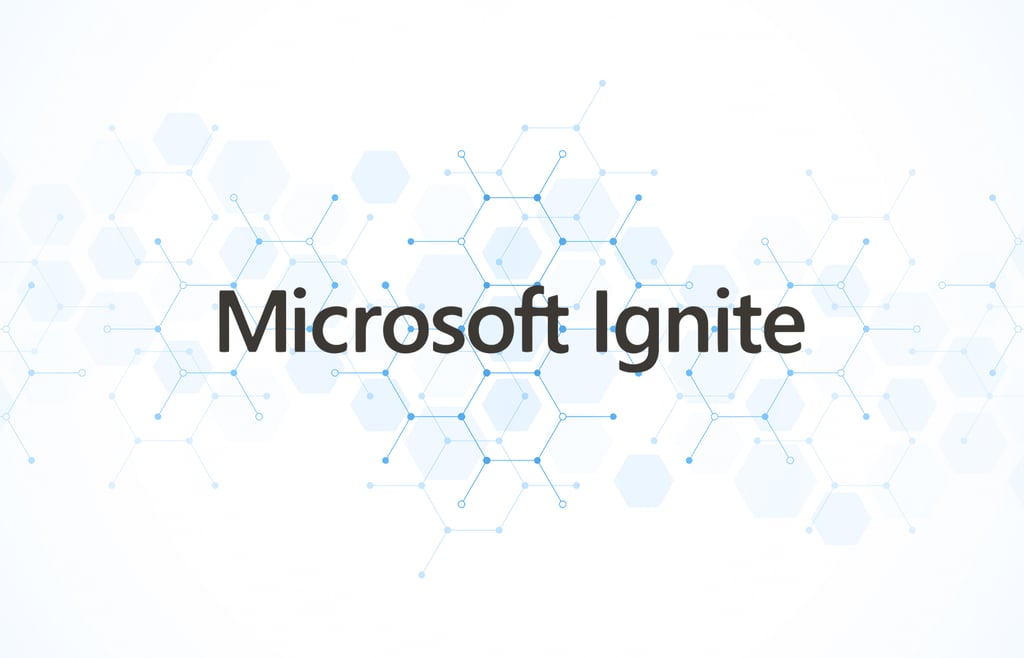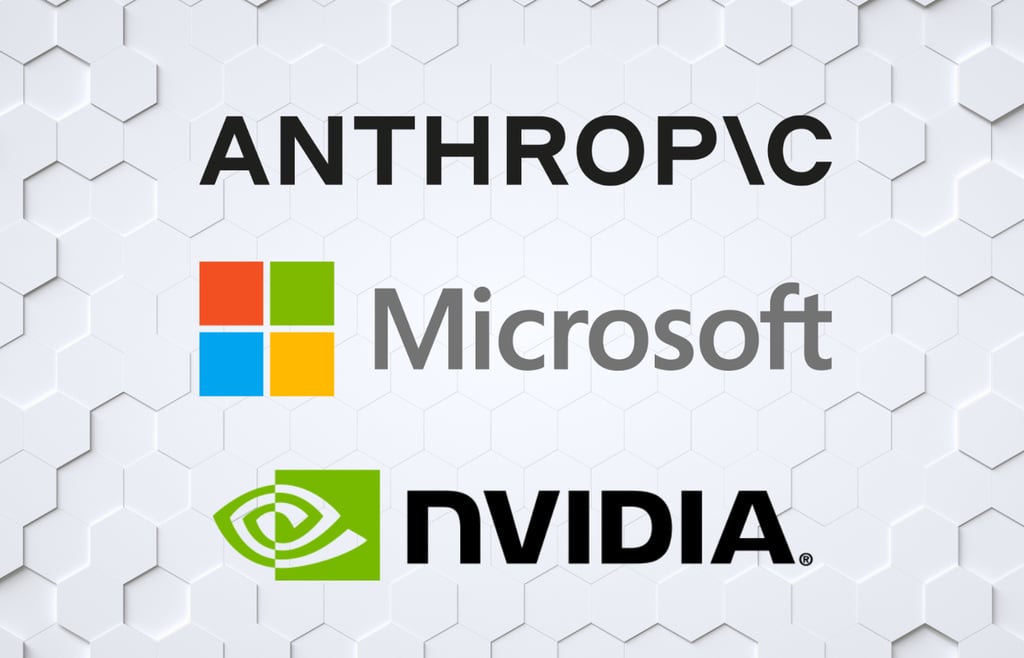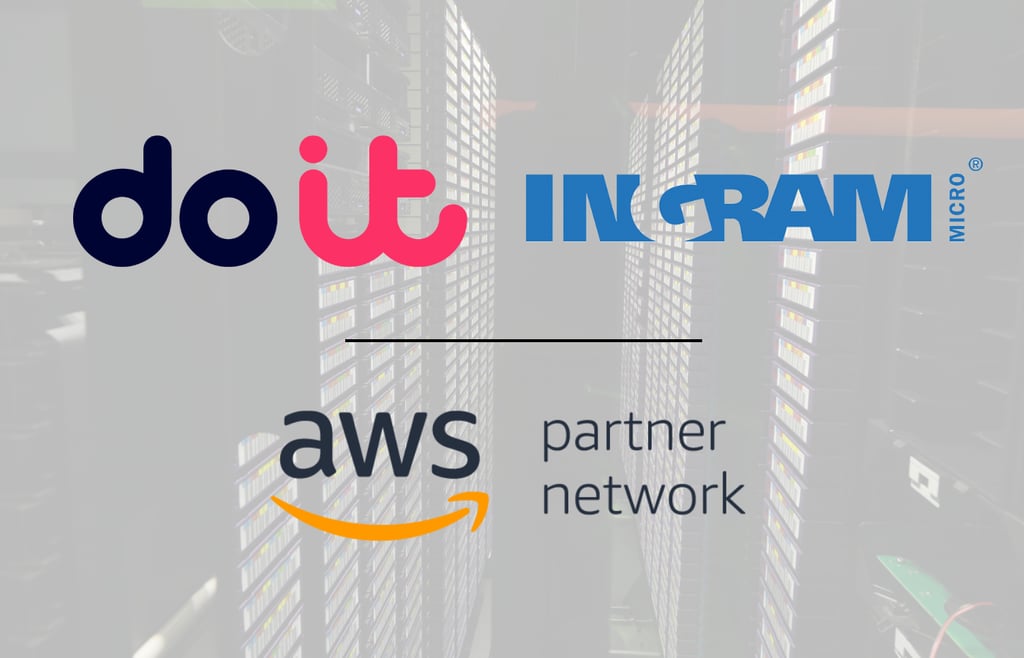
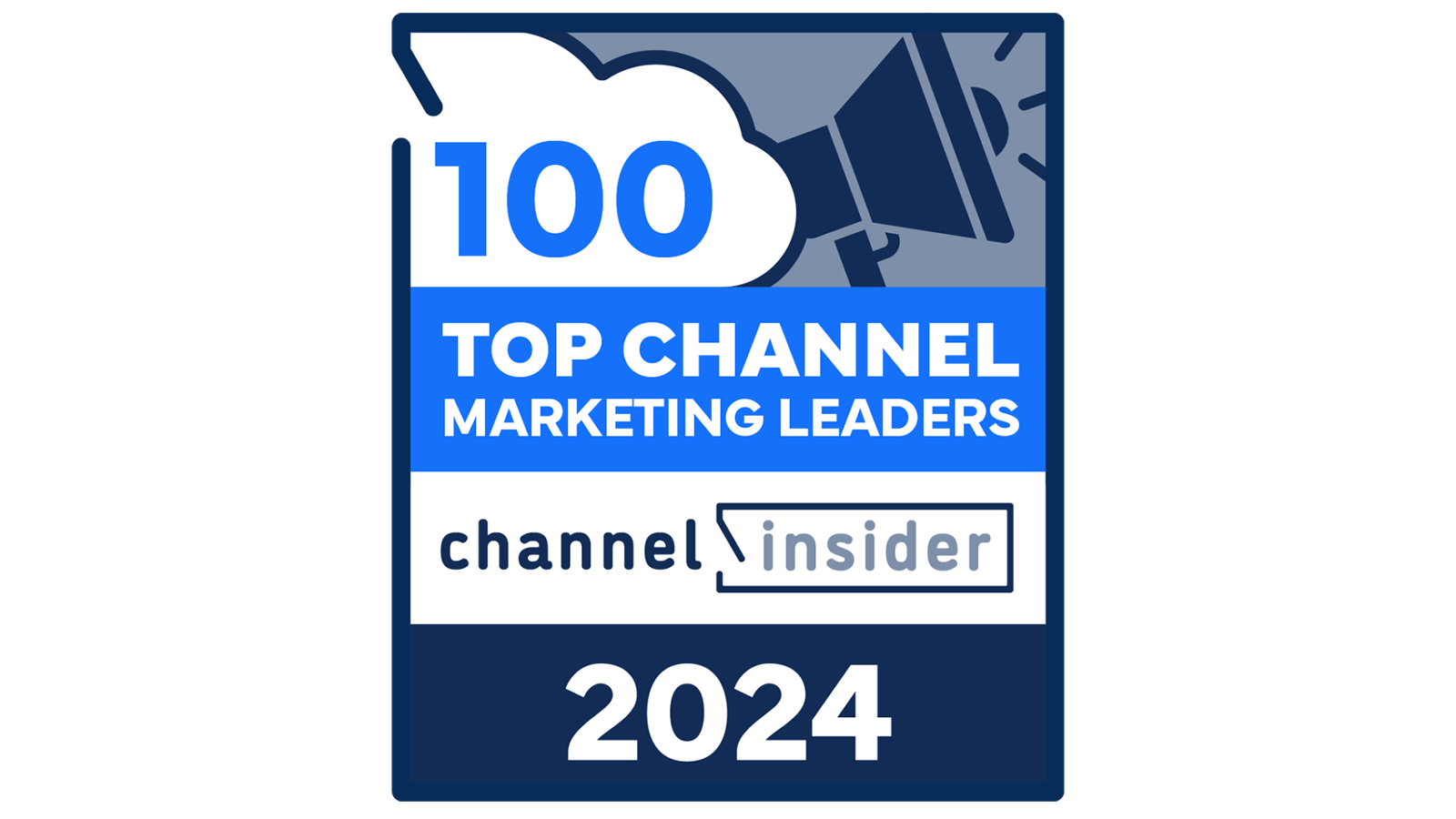

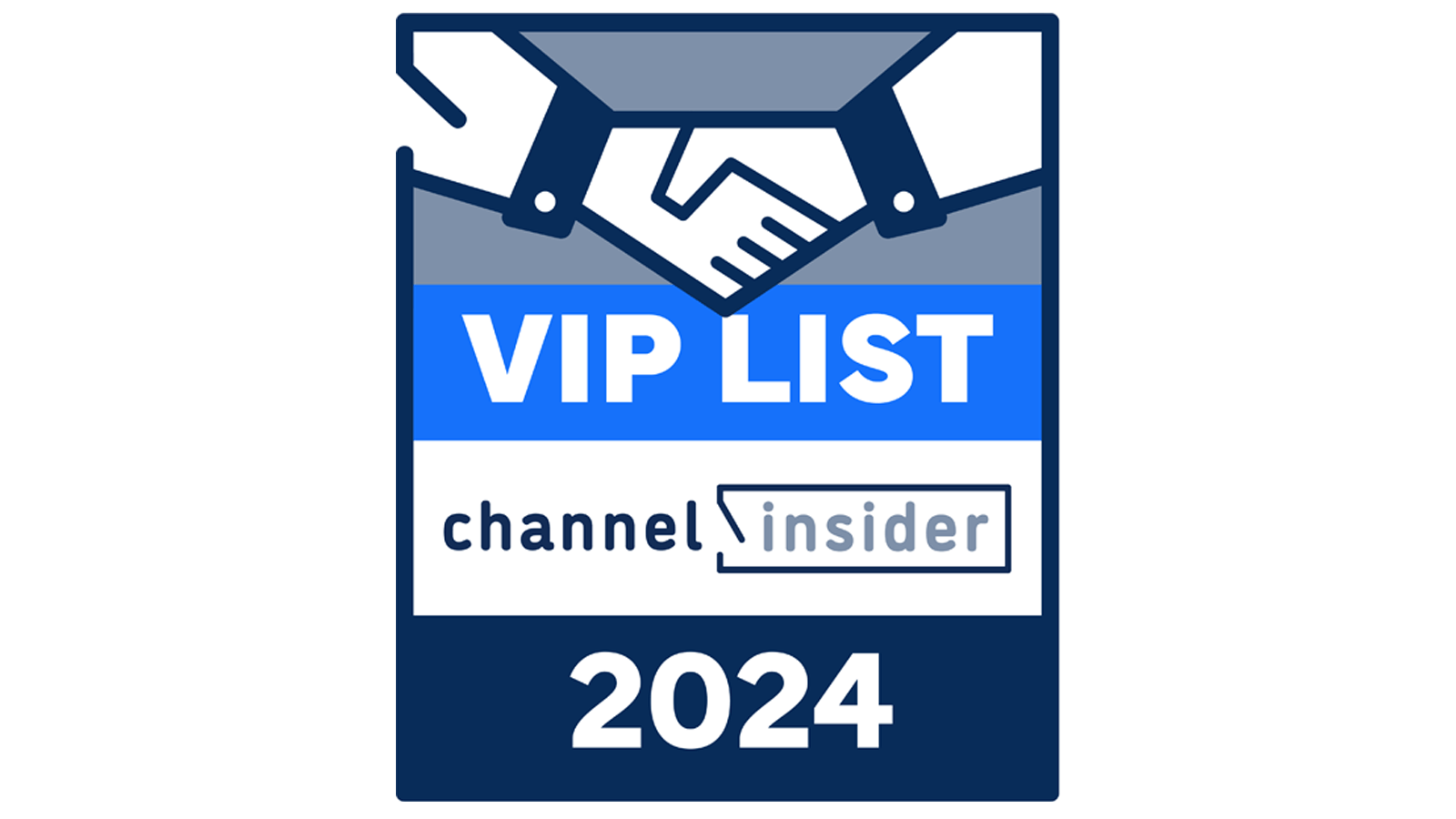
Discover how Thrive’s new AI Managed Services help organizations securely adopt AI, streamline workflows, and unlock practical business value in this interview with CTO Michael Gray. Discover how Thrive’s new AI Managed Services help organizations securely adopt AI, streamline workflows, and unlock practical business value in this interview with CTO Michael Gray.
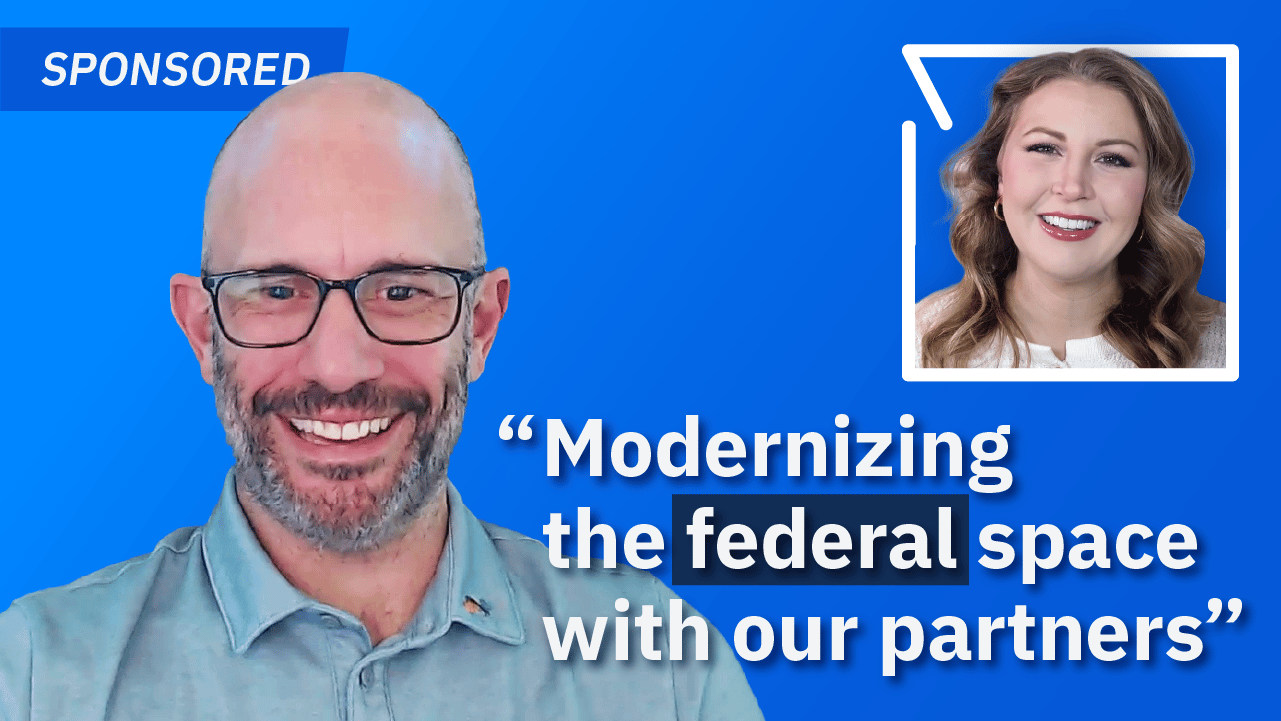
Federal Security Architect Mark Mitchell explains how Secure Service Edge (SSE) from Netskope is helping government agencies strengthen Zero Trust strategies and modernize federal IT securely. Federal Security Architect Mark Mitchell explains how Secure Service Edge (SSE) from Netskope is helping government agencies strengthen Zero Trust strategies and modernize federal IT securely.
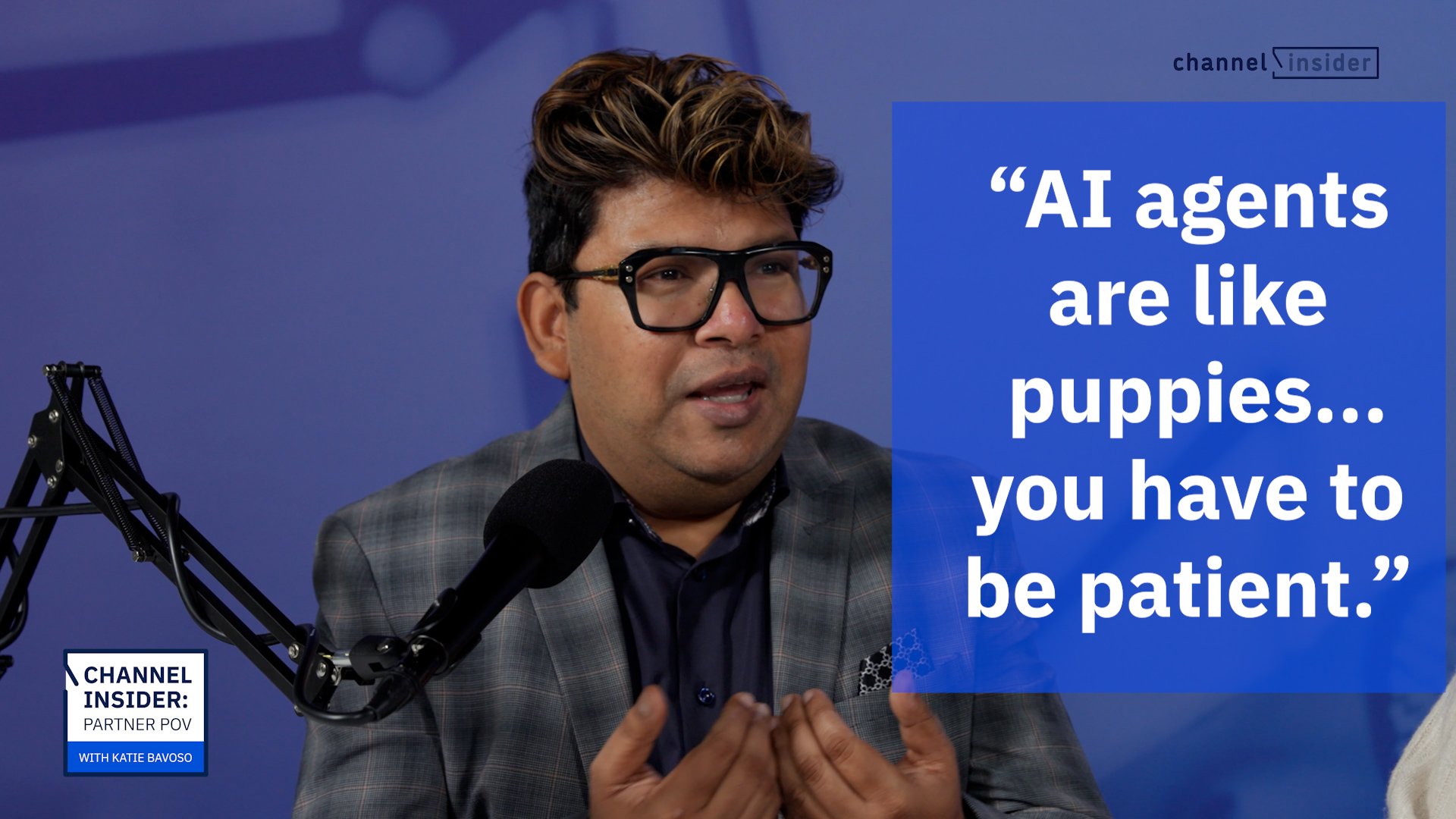
Ingram Micro’s Sanjib Sahoo joins Channel Insider at Ingram Micro ONE 2025 to discuss how AI, data, and human creativity are shaping the future of the IT channel. Ingram Micro’s Sanjib Sahoo joins Channel Insider at Ingram Micro ONE 2025 to discuss how AI, data, and human creativity are shaping the future of the IT channel.
Zones CEO Yehia Omar discusses his vision for the company and its partners and customers after stepping into the role in September 2025. Zones CEO Yehia Omar discusses his vision for the company and its partners and customers after stepping into the role in September 2025.

Welcome to Superhuman—a category leader in AI productivity Welcome to Superhuman—a category leader in AI productivity
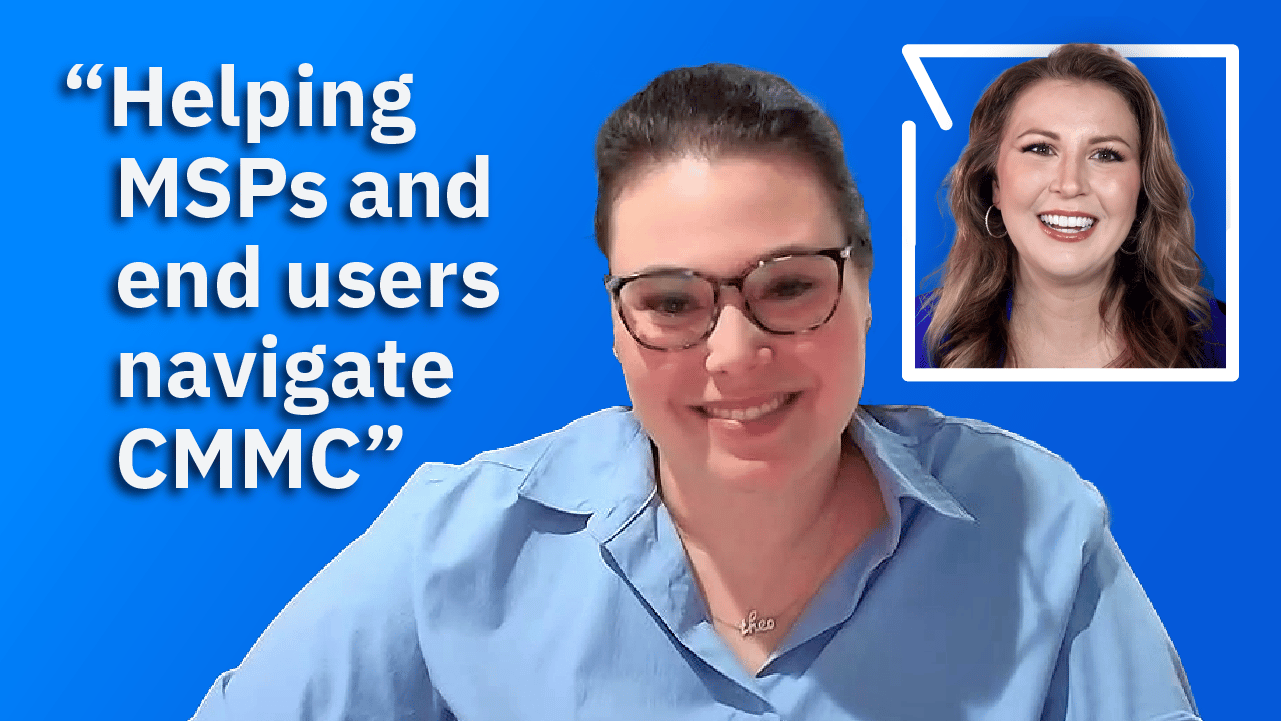
Choice Cyber Solutions COO Alex Spigel on how MSPs can navigate CMMC 2.0 and HIPAA updates in 2025 to turn cybersecurity compliance into a business growth opportunity. Choice Cyber Solutions COO Alex Spigel on how MSPs can navigate CMMC 2.0 and HIPAA updates in 2025 to turn cybersecurity compliance into a business growth opportunity.

-
Channel Business -
Security -
AI -
Infrastructure Related Topics -
- Lists & Awards Top ArticlesLink to AI 50 List
 AI 50 ListChannel Insider's editorial team spotlights the top AI leaders from MSPs, vendors, and channel businesses delivering measurable outcomes.Link to CML 100 Honorees
AI 50 ListChannel Insider's editorial team spotlights the top AI leaders from MSPs, vendors, and channel businesses delivering measurable outcomes.Link to CML 100 Honorees CML 100 HonoreesCheck out our CML 100 List to discover the top channel marketing individuals who are transforming channel marketing for their organizations.Link to HSP 250 List
CML 100 HonoreesCheck out our CML 100 List to discover the top channel marketing individuals who are transforming channel marketing for their organizations.Link to HSP 250 List HSP 250 ListView our HSP250 list to see the top Hybrid Solution Providers that have proactively embraced the future of tech.Link to The 2024 Channel Insider VIP List
HSP 250 ListView our HSP250 list to see the top Hybrid Solution Providers that have proactively embraced the future of tech.Link to The 2024 Channel Insider VIP List The 2024 Channel Insider VIP ListChannel Insider sought nominations from IT vendors, solution providers, and partners to highlight impactful collaborations. Check out our top choices here.
The 2024 Channel Insider VIP ListChannel Insider sought nominations from IT vendors, solution providers, and partners to highlight impactful collaborations. Check out our top choices here. - Resources Resource HubsFeatured ResourcesLink to Video: How Thrive Is Bringing AI Managed Services to its Customers
 Video: How Thrive Is Bringing AI Managed Services to its Customers
Video: How Thrive Is Bringing AI Managed Services to its CustomersDiscover how Thrive’s new AI Managed Services help organizations securely adopt AI, streamline workflows, and unlock practical business value in this interview with CTO Michael Gray. Discover how Thrive’s new AI Managed Services help organizations securely adopt AI, streamline workflows, and unlock practical business value in this interview with CTO Michael Gray.
Link to Video: How Netskope and Partners Secure Federal Agencies with SSE Video: How Netskope and Partners Secure Federal Agencies with SSE
Video: How Netskope and Partners Secure Federal Agencies with SSEFederal Security Architect Mark Mitchell explains how Secure Service Edge (SSE) from Netskope is helping government agencies strengthen Zero Trust strategies and modernize federal IT securely. Federal Security Architect Mark Mitchell explains how Secure Service Edge (SSE) from Netskope is helping government agencies strengthen Zero Trust strategies and modernize federal IT securely.
Link to Video: Ingram Micro’s Sanjib Sahoo on AI, Data & the Future of the Channel Video: Ingram Micro’s Sanjib Sahoo on AI, Data & the Future of the Channel
Video: Ingram Micro’s Sanjib Sahoo on AI, Data & the Future of the ChannelIngram Micro’s Sanjib Sahoo joins Channel Insider at Ingram Micro ONE 2025 to discuss how AI, data, and human creativity are shaping the future of the IT channel. Ingram Micro’s Sanjib Sahoo joins Channel Insider at Ingram Micro ONE 2025 to discuss how AI, data, and human creativity are shaping the future of the IT channel.
Link to Video: New CEO of Zones on AI, Growth, and Channel Vision Video: New CEO of Zones on AI, Growth, and Channel Vision
Video: New CEO of Zones on AI, Growth, and Channel VisionZones CEO Yehia Omar discusses his vision for the company and its partners and customers after stepping into the role in September 2025. Zones CEO Yehia Omar discusses his vision for the company and its partners and customers after stepping into the role in September 2025.
Link to Video: Introducing The Superhuman Alliance Video: Introducing The Superhuman Alliance
Video: Introducing The Superhuman AllianceWelcome to Superhuman—a category leader in AI productivity Welcome to Superhuman—a category leader in AI productivity
Link to Video: How MSPs Can Turn Compliance Into Profit According to Choice Cyber Solutions COO Video: How MSPs Can Turn Compliance Into Profit According to Choice Cyber Solutions COO
Video: How MSPs Can Turn Compliance Into Profit According to Choice Cyber Solutions COOChoice Cyber Solutions COO Alex Spigel on how MSPs can navigate CMMC 2.0 and HIPAA updates in 2025 to turn cybersecurity compliance into a business growth opportunity. Choice Cyber Solutions COO Alex Spigel on how MSPs can navigate CMMC 2.0 and HIPAA updates in 2025 to turn cybersecurity compliance into a business growth opportunity.
- About About



